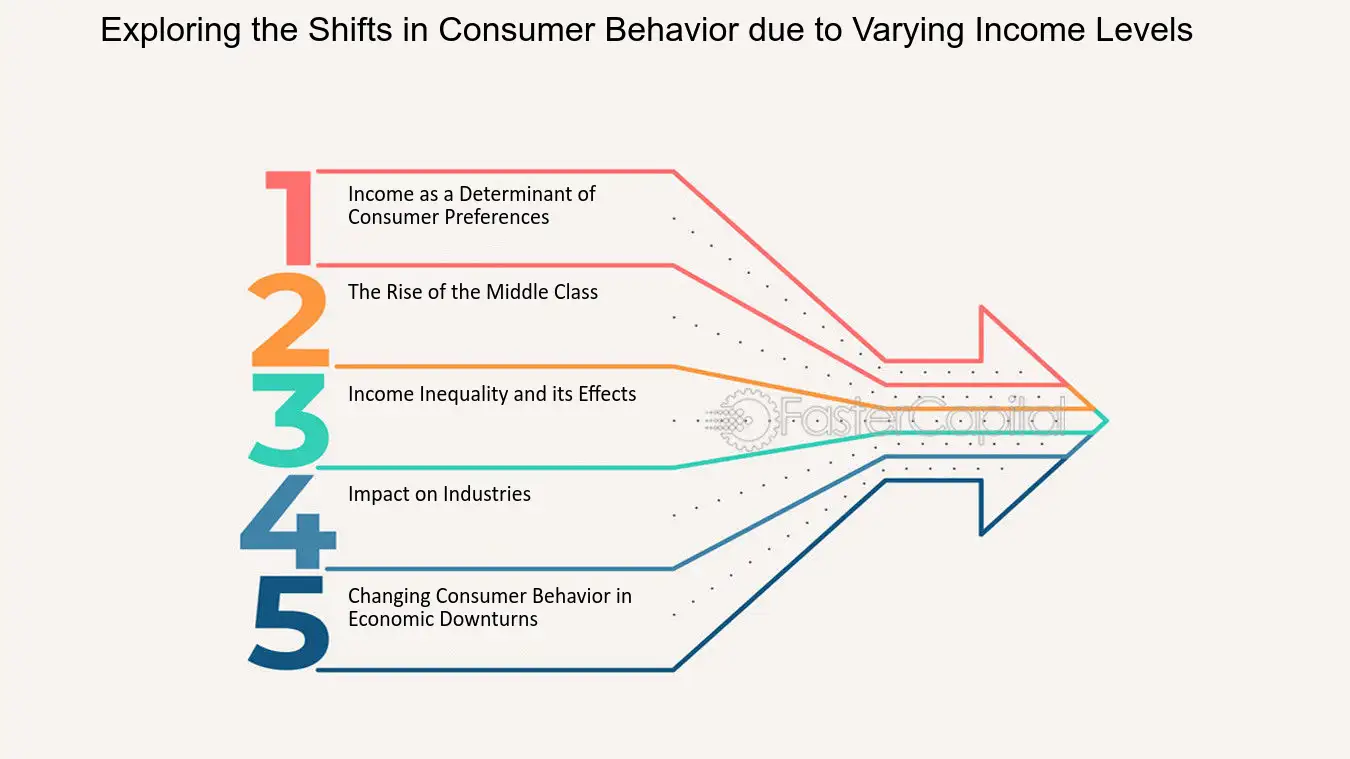In the landscape of American economics, the definition of “middle-class” varies significantly from one state to another. According to recent findings by GOBankingRates, using data from the U.S. Census Bureau’s 2022 American Community Survey, the annual income that categorizes a household as middle class can swing dramatically depending on your geographical location.

High-Income States: Maryland and New Jersey Approach the $200K Mark
In states like Maryland and New Jersey, where the median household incomes are among the highest in the country, being considered middle class means earning near the $200,000 mark. Specifically, in Maryland, the middle-class income bracket is between $65,641 and $196,922. Meanwhile, in New Jersey, it ranges from $64,751 to $194,252. This upper limit is considerably higher than in many other states, reflecting the economic conditions and cost of living in these regions.

What It Takes to Be Middle-Class in Every U.S. State
The personal finance site defines “middle-class” as households with an annual income that falls between two-thirds to double a state’s median income. This flexible definition ensures that the middle class in each state reflects local economic realities rather than a fixed income figure. For instance, a state with a lower median household income will naturally have a lower threshold for what constitutes middle class, compared to a state with a high median income.
This state-by-state variation highlights the diverse economic landscapes across the U.S. and suggests that a “one-size-fits-all” approach to defining economic classes may not be practical. Instead, understanding the specific economic context of each state provides a clearer picture of what middle class means in varying parts of the country.

Conclusion: A Reflective Measure of Economic Diversity
The income required to be considered middle-class in the United States is a reflective measure of the broader economic diversity found across its 50 states. From Maryland and New Jersey at the high end to states with more modest income requirements, the spectrum of what constitutes middle class sheds light on the complex tapestry of American economic life.
As such, individuals and families can better understand their economic standing relative to their specific regional economies, providing a clearer perspective on their financial planning and aspirations.










